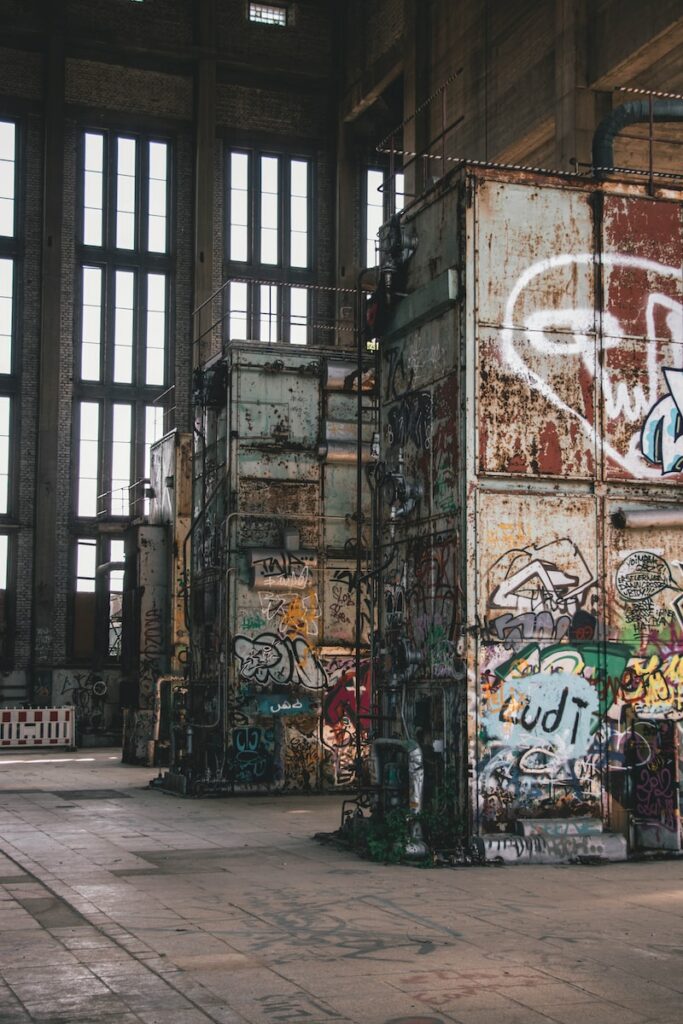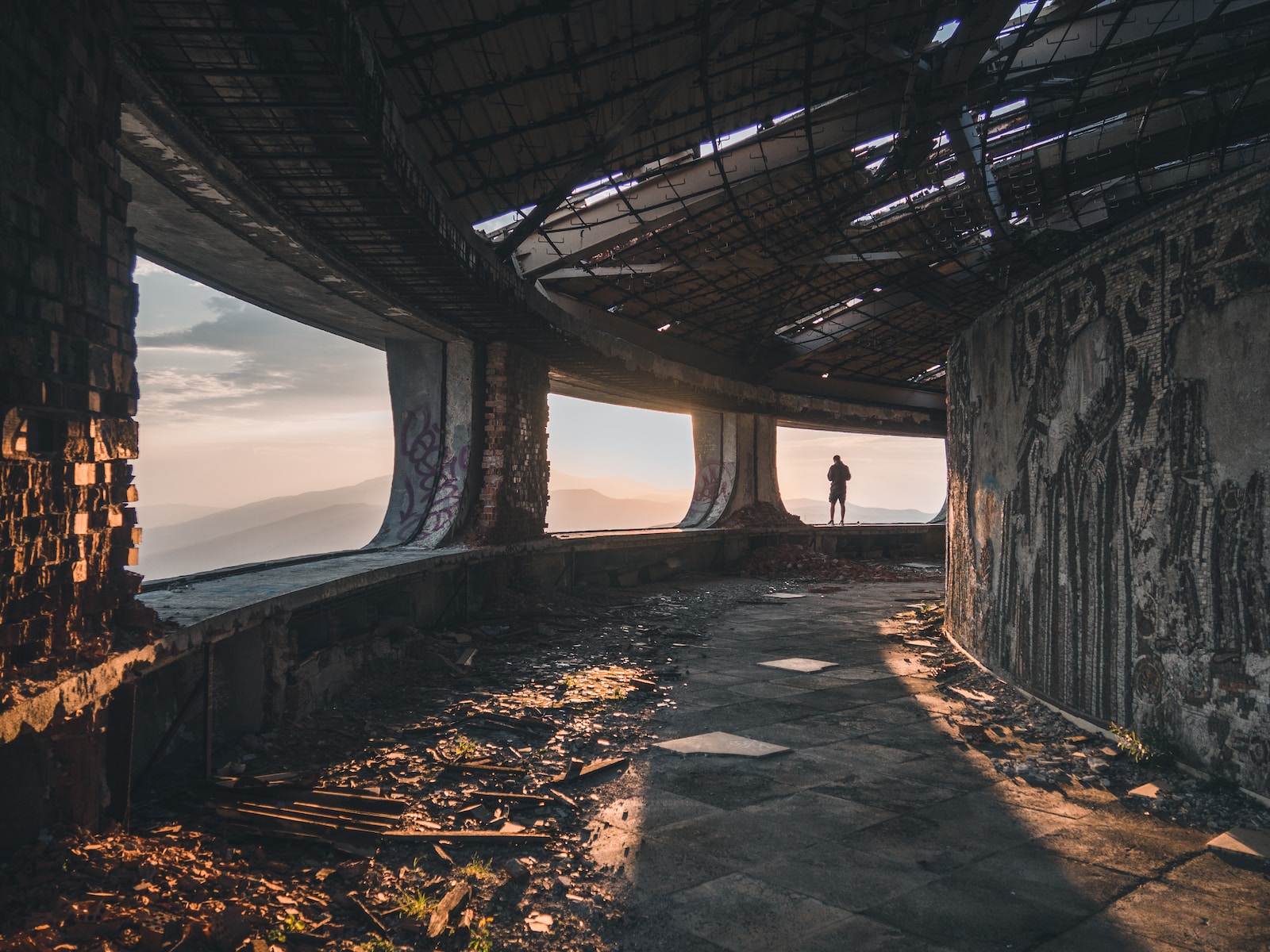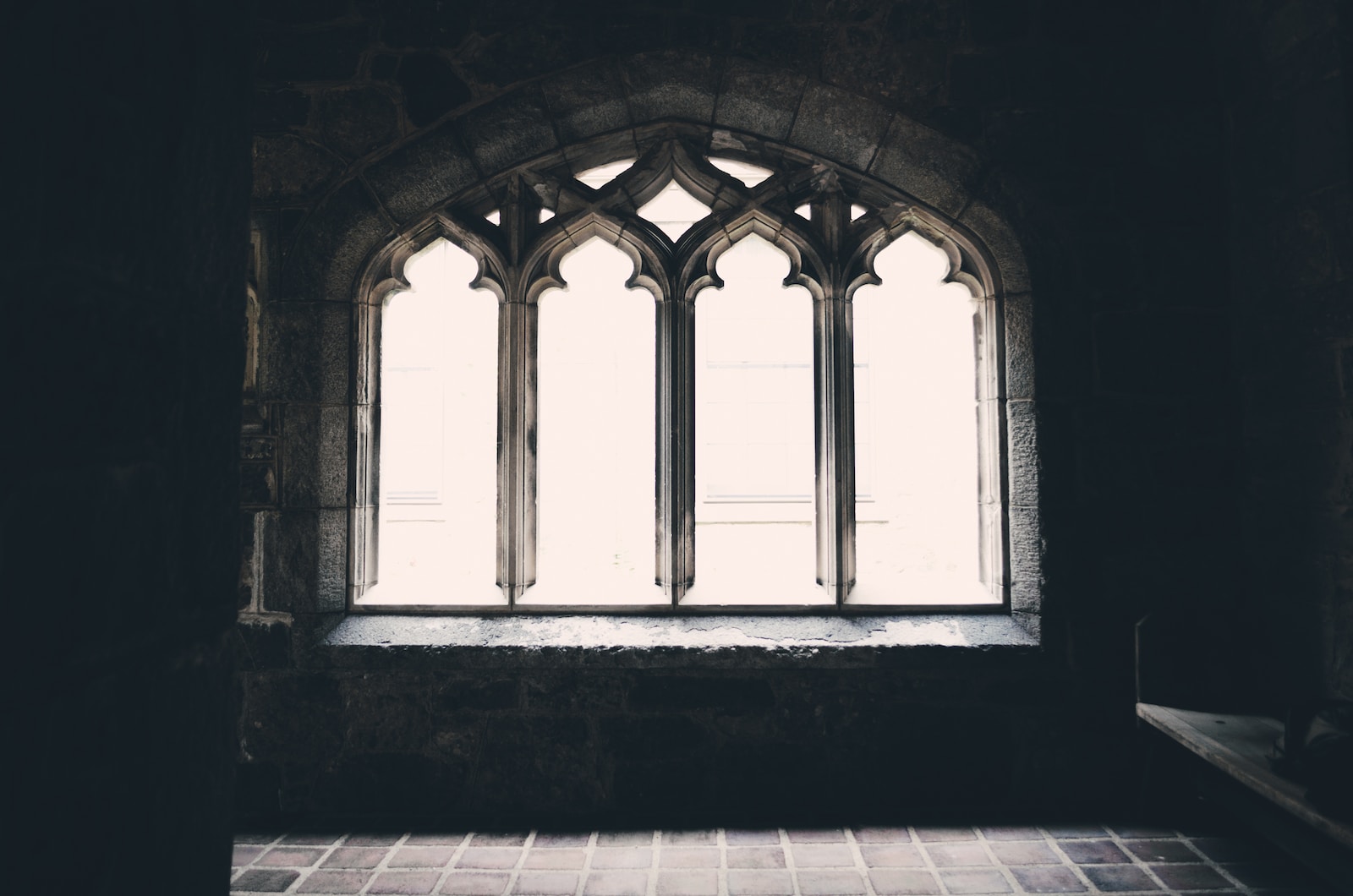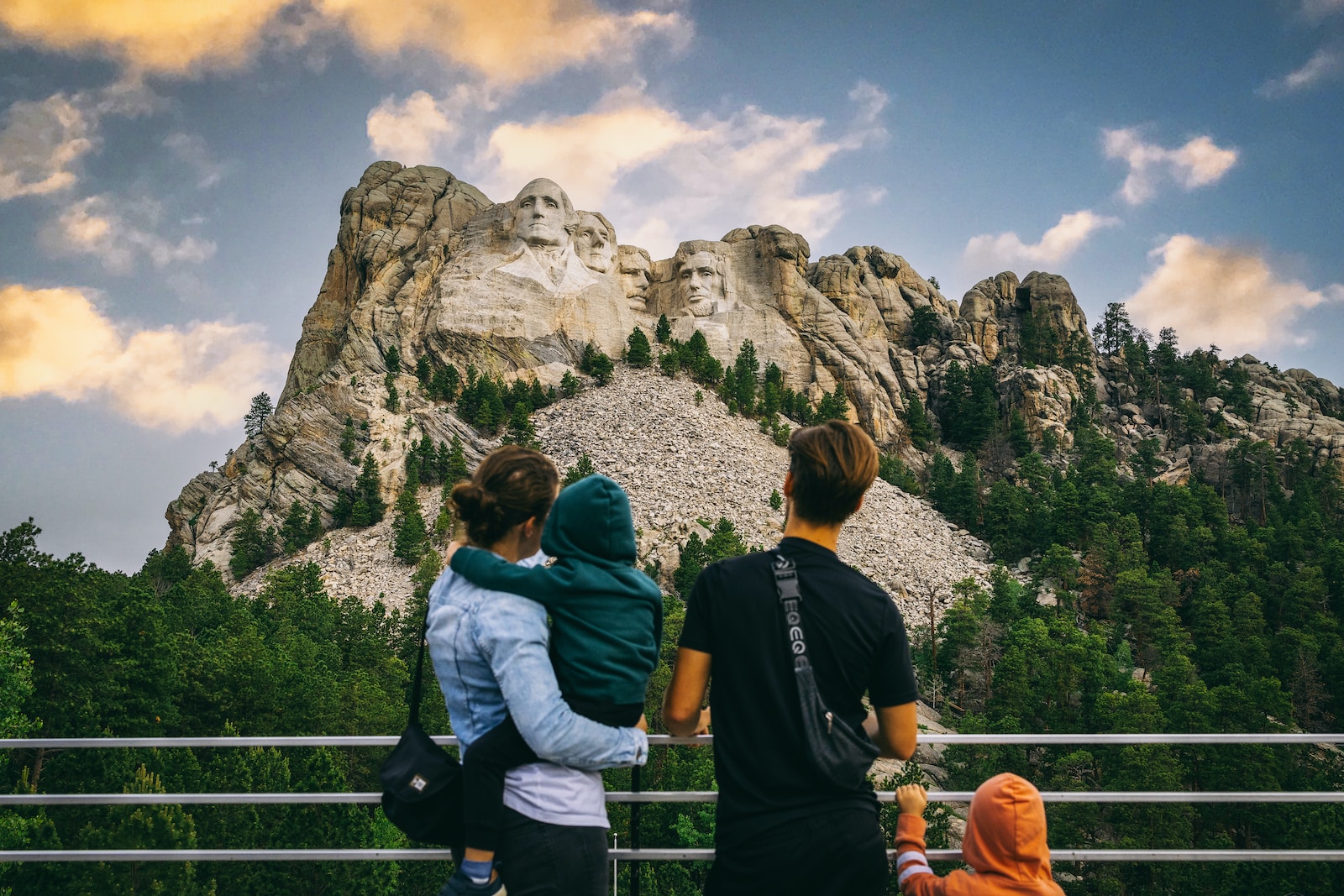Welcome to “Echos of the Past: The Art of Abandoned Buildings Photography”! If you’re intrigued by the eerie beauty and hidden stories that lie within abandoned structures, you’ve come to the right place. In this blog, we’ll delve into the fascinating world of urban exploration (urbex) photography, providing you with a comprehensive guide on how to capture the captivating essence of abandoned buildings. Join us as we unravel the mysteries and showcase the hauntingly beautiful photographs that have immortalized these forgotten places.
Table of Contents
- The Mysterious Allure of Abandoned Buildings
- Choosing the Right Camera
- A How-To Guide: Capturing Abandoned Buildings
- Frequently Asked Questions
- 1. What is urbex and why are abandoned buildings a popular subject for photography?
- 2. What camera equipment should I use for photographing abandoned buildings?
- 3. What are some tips for capturing the essence of abandoned buildings through photography?
- 4. Are there any legal considerations when photographing abandoned buildings?
- 5. How can I find and access abandoned buildings for photography?
- Wrap Up
The Mysterious Allure of Abandoned Buildings
When it comes to abandoned buildings, there’s a certain allure that captivates the souls of photographers and adventurers alike. These dilapidated structures, once bursting with life, now stand as relics of the past, filled with untold stories and hidden treasures. Each decaying room, weathered wall, and shattered window provides a canvas for photographers to delve into the depths of history and showcase the neglected beauty that time has bestowed upon these forgotten edifices.
The Art of Telling Untold Stories
Abandoned buildings offer a glimpse into the past, allowing us to uncover the stories that have been long forgotten. With each photo taken, photographers become the storytellers, giving voice to the echoes of the past. Through their lenses, they capture the essence of these buildings, bringing to life the memories, emotions, and human experiences that once filled the now deserted halls. It is through these photographs that we are able to bridge the gap between the past and the present.
Did you know that urbex photography originated in the 1970s, when a group of Parisian photographers ventured into the underground catacombs of Paris?
Choosing the Right Camera
Before embarking on your urbex photography journey, it’s essential to have the right camera equipment. In order to capture the intricate details and eerie ambiance of abandoned buildings, DSLR or mirrorless cameras are ideal choices. These cameras offer greater control over manual settings, allowing you to manipulate exposure, shutter speed, and aperture to create stunning, atmospheric images.
Gearing Up for Exploration
Photographing abandoned buildings often involves venturing into unknown and potentially hazardous locations. It’s crucial to prioritize safety when exploring these sites. Equip yourself with sturdy footwear, a flashlight, and appropriate protective gear. Remember to research the legalities and obtain permission if necessary. Always explore with a partner and share your intended location with someone you trust for added security.
Composition and Lighting Techniques
Composition is key in any form of photography, and urbex is no exception. Experiment with different angles, perspectives, and framing to capture the essence of the abandoned building. Utilize natural light as much as possible, allowing the sunlight to filter through broken windows or cracks, casting delicate shadows and enhancing the atmosphere of your photographs.
Telling the Story through Captivating Details
Abandoned buildings are filled with captivating details that contribute to their unique allure. From the peeling wallpaper and discarded furniture to the overgrown flora and graffiti-laden walls, these elements provide a rich tapestry of visual storytelling. Zoom in on these details, capturing the subtle beauty that lies within the decay. Pay attention to textures, color contrasts, and juxtapositions to create powerful and thought-provoking imagery.
Editing for Maximum Impact
Post-processing is a vital step in bringing out the full potential of your urbex photographs. From adjusting exposure and contrast to enhancing colors and removing distractions, editing allows you to fine-tune your images and create a more immersive experience for viewers. Experiment with various editing techniques, but remember to stay true to the atmosphere and mood of the abandoned building you captured.
The Ethical Side of Urbex Photography
While urbex photography is an exciting and visually stunning art form, it’s important to approach it with respect and responsibility. As urban explorers, we should prioritize preserving these abandoned spaces and not contribute to further deterioration or vandalism. Take only photographs, leave no trace, and abide by local laws and regulations. By practicing ethical urbex photography, we can ensure that these unique places continue to be appreciated for years to come.

A How-To Guide: Capturing Abandoned Buildings
Are you a photography enthusiast with a love for exploring the unknown? If so, welcome to the mysterious world of urban exploration, or Urbex as it is commonly known. Urbex is the art of venturing into abandoned buildings and capturing their hidden stories through the lens of your camera. In this guide, we will provide you with essential tips and techniques to master the art of abandoned building photography and create stunning images that echo the past.
1. Research and Prepare
Before setting out on your urban exploration adventure, conduct thorough research about the abandoned buildings you plan to visit. Look for information about the history, significance, and any potential hazards associated with the location. This will help you understand the context and capture the essence of the building’s past. Additionally, make sure to check legal restrictions and obtain necessary permissions if required.
2. Pack the Right Gear
To capture the eerie beauty found within abandoned buildings, you’ll need the right photography equipment. Ensure you have a camera capable of manual settings, as it will provide you with more creative control. Wide-angle lenses are ideal for capturing the vastness and unique features of the abandoned spaces. Don’t forget spare batteries, a tripod to stabilize your shots, and a flashlight to illuminate dark areas.
3. Composition and Lighting
When photographing abandoned buildings, composition plays a significant role in conveying the story and atmosphere. Look for interesting angles, leading lines, and symmetry within the decaying structures. Experiment with natural light streaming through broken windows or use your flashlight to create dramatic lighting effects. Take advantage of the contrast between light and shadows to enhance the mystery and allure.
4. Focus on Details and Texture
In abandoned buildings, there are hidden treasures waiting to be discovered. Pay attention to the intricate details and textures present in the decaying architecture, peeling paint, or remnants of furniture. These elements add depth and interest to your photographs, allowing viewers to feel the nostalgia and wonder about the building’s past.
5. Capture Emotion and Storytelling
Abandoned buildings often evoke a range of emotions, from nostalgia to a sense of loss. Try to capture the mood and atmosphere of the space by incorporating elements that tell a story. This could be a single chair in an empty room or a forgotten personal belonging. Emphasize these elements in your compositions to engage viewers and elicit their imagination.
6. Safety First
Remember, safety should always be a top priority during your urban exploration. Abandoned buildings can be hazardous due to decay, unstable structures, or hidden dangers. Be aware of your surroundings, wear appropriate clothing and footwear, and consider bringing a first aid kit along. Never enter a building if you feel unsure or experience any signs of danger.
By following these tips and techniques, you’ll be well on your way to capturing the eerie beauty and hidden stories within abandoned buildings. Remember, each location has its unique charm and secrets waiting to be uncovered. So grab your camera, embark on a thrilling photography adventure, and let the echoes of the past guide your lens!
Frequently Asked Questions
1. What is urbex and why are abandoned buildings a popular subject for photography?
Urbex, short for urban exploration, is the act of exploring abandoned structures and capturing their beauty and history through photography. Abandoned buildings hold a certain allure as they invite us to uncover the forgotten stories and the passage of time. These locations often exude an eerie atmosphere, allowing photographers to capture unique and captivating images.
2. What camera equipment should I use for photographing abandoned buildings?
When photographing abandoned buildings, it’s important to have the right equipment to capture their essence. A DSLR or mirrorless camera with a wide-angle lens is highly recommended to capture the expansive scenes and intricate details. Additionally, bring a tripod to ensure stability, especially in low-light conditions, and a high-quality flashlight to navigate darker areas.
3. What are some tips for capturing the essence of abandoned buildings through photography?
– Lighting is key: Experiment with natural light streaming through broken windows or use artificial lighting to create dramatic effects.
– Composition matters: Look for unique angles, leading lines, and symmetrical patterns to enhance the visual impact of your photographs.
– Focus on details: Explore the artifacts left behind, decay, and textures to capture the essence of time passing.
– Tell a story: Research the history of the building and try to convey its past and present through your images.
– Stay safe: Abandoned buildings can be dangerous, so always prioritize your safety and respect the locations you visit.
4. Are there any legal considerations when photographing abandoned buildings?
Legal considerations can vary depending on your location and the specific building. It’s essential to do thorough research and adhere to any applicable laws or regulations. Some structures may be privately owned, requiring permission before entry, while others may be off-limits entirely. Always respect any posted signage or warnings, and prioritize safety above all else.
5. How can I find and access abandoned buildings for photography?
Discovering abandoned buildings can be an exciting part of the urbex experience. Here are some ways to find and access these locations:
– Online communities: Join urbex forums and social media groups where members share information about abandoned buildings.
– Local research: Explore historical archives, books, and local legends to identify potential sites with abandoned structures.
– Building relationships: Connect with fellow photographers, urban explorers, or property owners who may be able to provide leads or access to interesting locations.
– Be respectful: Always seek permission when possible, respect private property, and leave no trace when exploring these fascinating spaces.
Wrap Up
Thank you for joining me on this exploration of abandoned buildings photography and the hidden beauty within these forgotten spaces. I hope that this guide has inspired you to pick up your camera and start capturing the echoes of the past.
Remember, urbex is not just about taking pretty pictures but also about preserving the history and stories that lie within these buildings. Be respectful and always obtain permission if required.
If you have any questions or would like to share your own experiences and photographs, I would love to hear from you. Leave a comment below and let’s continue the discussion!



